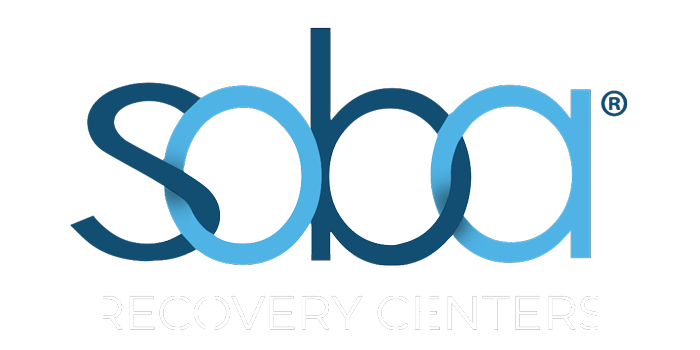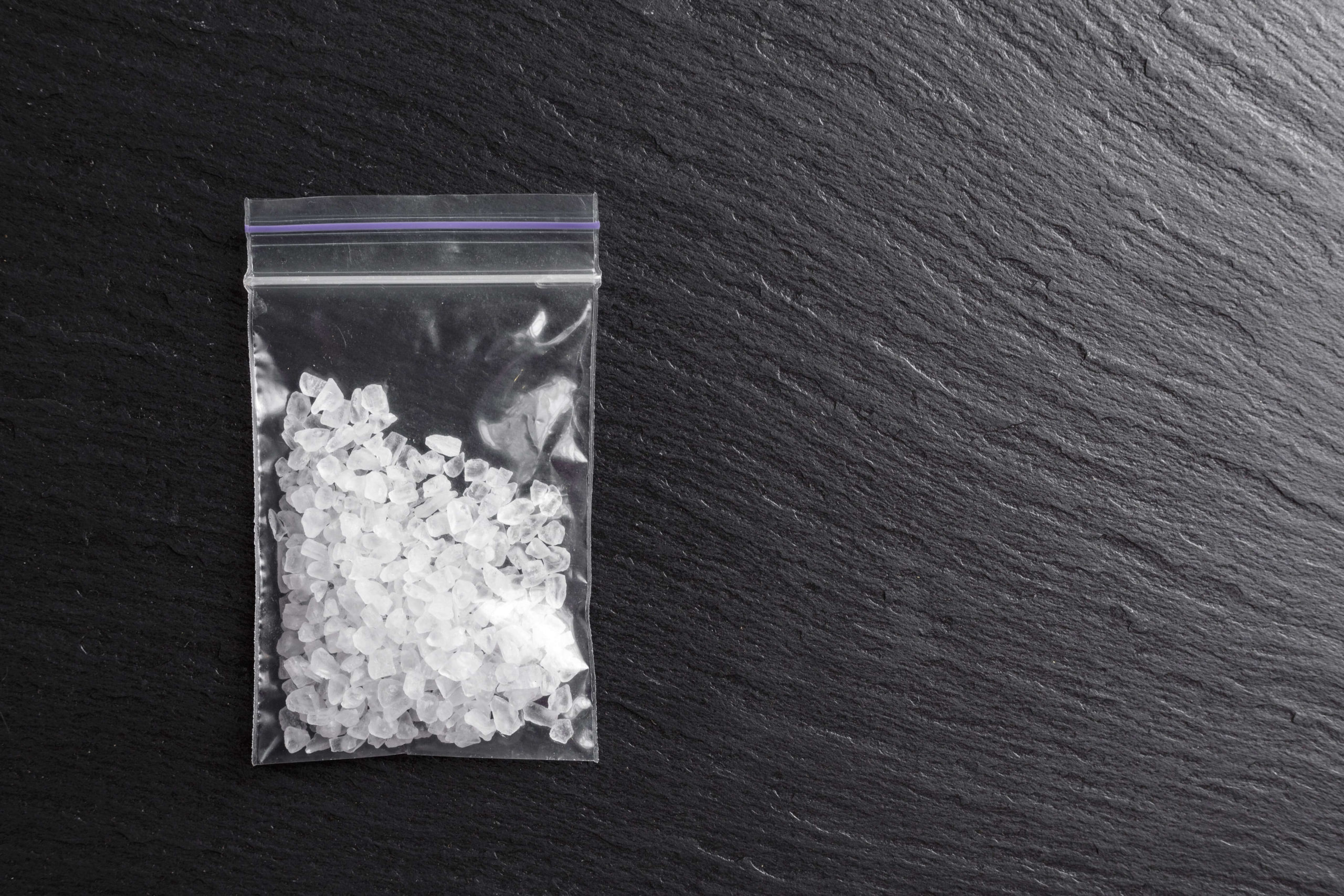Methamphetamine is a commonly abused and illicitly produced stimulant within the country which targets young people and adults alike. DEA claimed that despite the decrease of meth production in the country due to strict law enforcement, the demand for the illicit substance is still met by manufacturers outside the US. Due to its harmful effects on an individual, a good drug and alcohol rehab that implements a comprehensive and tailored drug treatment plan is crucial in the drug addicts’ long-lasting recovery. This article shall discuss the prevailing meth addiction statistics, side effects and treatment.
Meth Effects
Methamphetamine gives toxic and lasting effects on the brain’s nerve terminals. It comes in bitter, odorless and white powder form which can be injected, smoked, snorted, or ingested. Young people and adults often call this drug meth. Other names include crystal, ice, chalk, glass, and speed.
Its short-term physical effects include:
- Increased wakefulness
- Increased physical activity
- Rapid heart rate
- Irregular heartbeat
- High blood pressure
- Increased body temperature
Long-term use may cause any or all of the following:
- Mood disturbances
- Violent behavior
- Anxiety
- Confusion
- Insomnia
- Severe dental problems
- Increased risk of infectious diseases like hepatitis and HIV/AIDS
Meth Statistics
There was a decline in the number of methamphetamine users from 2006 to 2010. From 731,000 users in 2006, statistics dropped to 353,000 in 2010. Despite this remarkable fall, the figure of methamphetamine users aged 12 years and above is still unchanged from 2007 to 2010. In a nutshell, meth addiction statistics showed that a stable number of methamphetamine users from 2002 to 2010.
Additionally, the national survey sponsored by SAMSHA in 2009 showed that 1.2 young people in America aged 12 years and above abused meth. This discovery was supported by the survey sponsored by NIDA in 2010 which revealed that young people from 8th, 10th, and 12th grade abused meth in 2009. In 2008, there were 145,828 meth use-related admissions. In the year 2007, 145,828 there were hospital admissions due to methamphetamine abuse. The survey results imply that there is continued use and demand for methamphetamine among drug addicts within the aforementioned periods.
Treatment
Individuals addicted to meth should understand how the substance affects brain functions. NIDA has stated time and again that addictive substances changes a person’s way of thinking-especially with regards to decision making and problem solving ability. It is equally important to recognize the fact that drug addiction is a recurring condition that has no instant cure. Even after the completion of a treatment program, a person addicted to addictive substances can still relapse.
Relapse may occur frequently or occasionally depending on several factors, like compatibility of the treatment program to their current needs and condition. However, recovering addicts should not consider relapse as a failure but an indication that the treatment program needs modification. In most cases, personal determination, a specifically-tailored treatment plan, life skills coaching, and a strong support system help a person overcome relapse.
For more information on how to help adults or young people recover from meth addiction, contact us today.
References:
http://www.drugabuse.gov/publications/drugfacts/methamphetamine
http://www.drugabuse.gov/drugs-abuse/methamphetamine
http://oas.samhsa.gov/nsduhLatest.htm
http://oas.samhsa.gov/NSDUH/2k10NSDUH/2k10Results.htm



